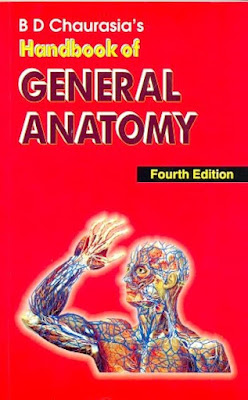No anatomical reference is as inexpensive and as loaded with meticulously detailed, beautifully illustrated structures of the human organs, clearly and concisely labeled for easy identification. There are over 10 million QuickStudy anatomy guides in print, all with Illustrations by award-winning and best-selling medical illustrator Vincent Perez, whose life mission is cataloging the beauty and detail of our complicated body systems for the medical professional, the formative student and the inquisitive layperson.
6-page laminated guide includes illustrated and labeled:- Organs - Full Torso
- Anterior Respiratory & Urinary
- Male & Female Urogenital Systems
- Respiratory Tracts
- Right Kidney
- Left Adrenal Gland
- Anterior Digestive
- Hepatic Portal Veins
- Stomach
- Small Intestine (Schematic), Large Intestine
- Anterior Circulatory System
- Thoracic, Neck & Head Veins/Arteries
- Anterior Heart & Vessels
- Posterior Heart
- Anterior Thoracic Nerves
- Phrenic & Vagus Nerves
- Spinal Nerves, Spinal Chord
- Lymphatic System
- Deep Abdominal & Inguinal Nodes
- Dorsal Spleen
- Stomach & Pancreas
- Large Intestine Lymphatics
- Arm Axilla & Thorax Lymphatics
- Heart & Lungs
- Students – handy reference that is compact and easily reviewed on a daily basis
- Administrative – use for billing and coding
- Doctors – use guide to educate patients or for reference with staff
(Quick%20Study%20Academic)%20Vincent%20Perez.jpg)

















Arnold%20G.%20Nelson%20Jouko%20Kokkonen.jpg)








